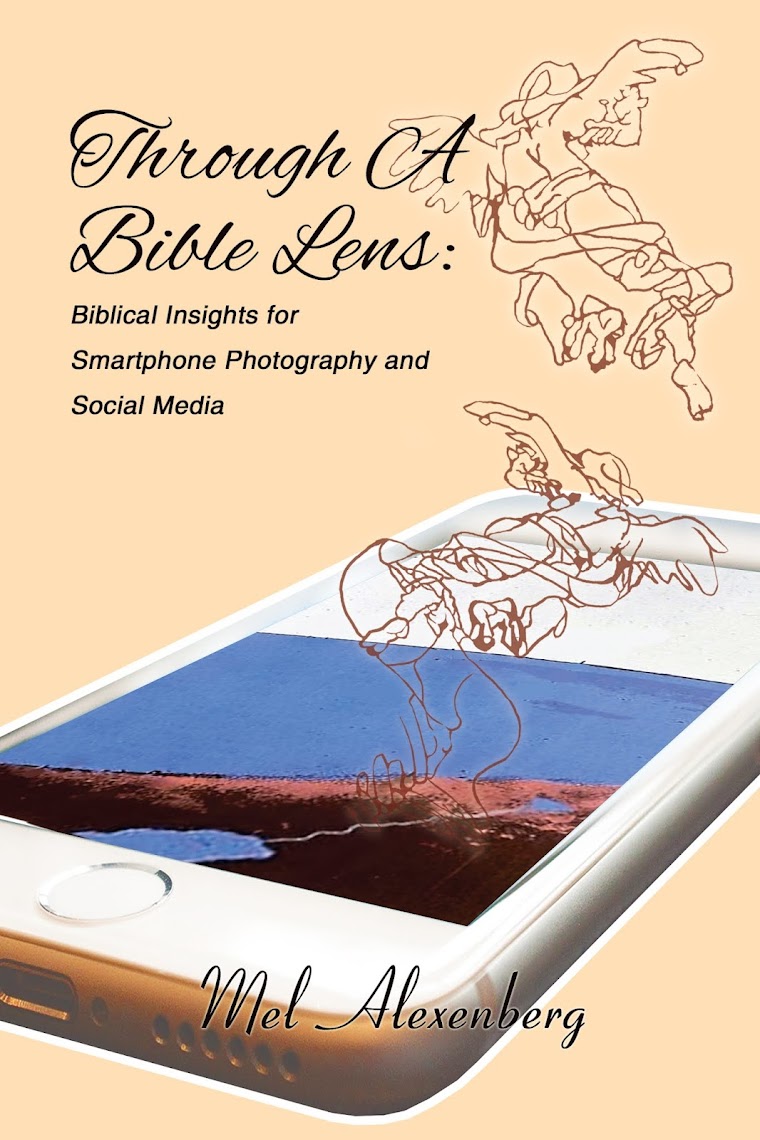Lekh Lekha /Go for yourself (Genesis 12:1-17:27)
Go for yourself from your land, from your birthplace,
and from your father’s house to the land that I will show you. (Genesis
12:1)
Miriam was born in Paramaribo, Suriname, the former Dutch
colony north of the Amazon jungle on the South American coast.
She loved to be the first to walk on the freshly-raked sand
on the floor of the Paramaribo synagogue where her father read the Torah.
Her family made aliyah [return to the Jewish homeland
in the Land of Israel] in 1949.
Six decades later, her synagogue made aliyah and was
reconstructed at the Israel Museum in Jerusalem.
Mel was born in the Brooklyn Jewish Hospital (now Interfaith
Hospital) and grew up in Queens.
He celebrated his bar mitzvah at his Uncle Morris’ shul on
Coney Island Avenue in Brooklyn (now a Pakistani mosque).
We were married at a Jewish wedding hall on Eastern Parkway
in Brooklyn (now an African-America Baptist church).
God said to Abram, “Raise your eyes and look out from
where you are: northward, southward, eastward and westward. For all the land that you see, I will give to
you and to your offspring forever.”
(Genesis 13:14, 15)
After being married for 10 years, we made aliyah with
our children Iyrit, Ari and Ron to a two-room house in an orange grove in
Ra’anana.
Each morning, a milkman on a donkey cart delivered
milk. The donkey was named Simha because
he was born on the Simhat Torah holiday.
From Ra’anana in the west, we moved to Mount Carmel in the
north, to Kibbutz Tirat Tzvi in the east, and to Yeroham in the south.
Our son Moshe Yehuda was born in Yeroham where our son Ron
continues to live with his wife and six children.
Ten years ago, we moved to an apartment in Petah Tikva with
a porch facing orange groves as far as the eye can see.
All the orange groves are now gone. New buildings are rising as far as the eye
can see.





































